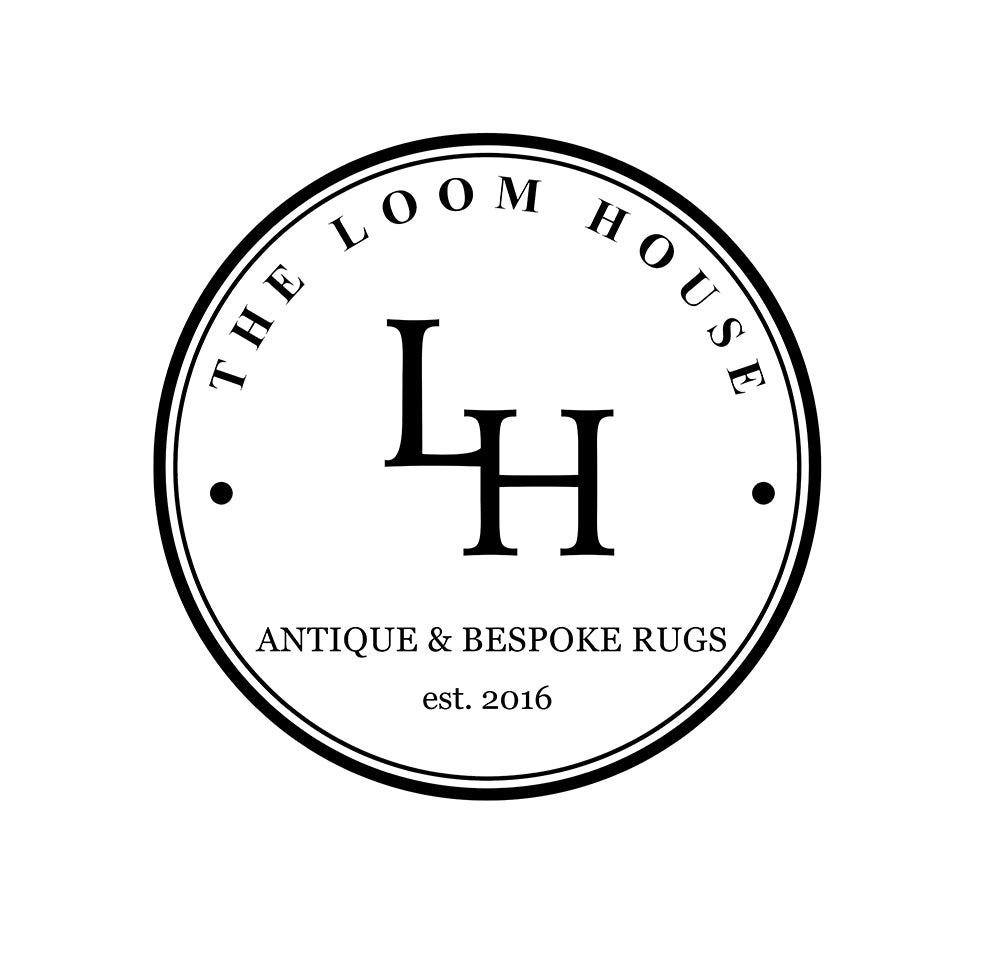5 MUST KNOWS Before Buying Antique Rugs

The obsession with Antique Rugs is REAL. You may have just been recently bitten by the rug bug, or you have been a collector for years - either way, in the rug world - the more you know the better and even the experts are always learning. Antique rugs are beautiful and valuable pieces of art that can add character and history to any space. They can also be a significant investment relatively speaking, so it's important to know as much as you can about them before acquiring one. Here are the five most important things to consider when it comes to antique rugs:
-
Age: An antique rug is generally considered to be at least 75-100 years old or older. It depends on who you ask, but generally speaking close to a century old is safe to call antique. However, the value of an antique rug is not necessarily based on its age alone; but age alone is the sole measurement of whether you can call a piece antique, semi-antique, vintage, or contemporary.
-
Origin: The country or region where an antique rug was made can significantly impact its value. Rugs made in certain areas, such as Persia (modern-day Iran) and Turkey, are highly sought after and generally considered to be of higher quality.
-
Material: Antique rugs are made from a variety of materials, including wool, silk, and cotton. Wool is the most common material used, as it is durable and resistant to dirt and stains. Silk is the most expensive and delicate material, while cotton is generally less expensive and less durable. As for the dyes, back int he day these artisans used what they had in their environment; hence the word generally associated with organic dyes are "vegetable dyes"; but perhaps the more appropriate term is natural or organic dyes because these colors derived from more than just vegetables; spices, minerals, plants, flowers, etc. Natural dyes are always the most sought after as they speak for a rugs age, quality, and authenticity contextually speaking, this isn't to say that alkaline dyes are bad or frowned upon, on the contrary, back in the day some alkaline dyes were more sought after because they produced colors that were so unusual. The most important thing about dyes to know is that you should just know what you are buying - all-natural or some mix of unique alkaline dyes don't make or break a rug, but it does speak to it's age as anything before the 1900's were all strictly natural dyes and alkaline dyes weren't introduced in rug weaving until the first half of the 20th century.
-
Weave: The way a rug is woven can also impact its value. The two most common types of antique rug weaves are hand-knotted and hand-woven. Hand-knotted rugs are made by tying individual knots onto the loom (mainly what we specialize in), while hand-woven rugs are made by interlocking the warps and wefts (kilims, sumacs, flatweaves, etc). Hand-knotted rugs are generally considered to be higher quality and more valuable simply because this art-form was/is more time-consuming and much more difficult to create. The weave of the rug is in many ways considered the DNA of the rug - regardless of designs, colors, etc., the weave will tell you WHERE the rug was woven, and by WHOM (what tribe/village/group).
-
Condition: The condition of an antique rug is actually one of the biggest misconceptions to the value of a rug. Sure, a mint condition 100 year old antique rug is technically more valuable than the same piece in worn and frayed condition - however; some prefer some wear, patina, and the aged look. If a 100 year old rug has been rolled up and locked away in storage for 100 years and then opened up in front of you - there is almost a suspicion associated, or something would seem off. This isn't to say that is bad, but our instincts as humans correlate age with life, experience, and usage. This is why most of us don't mind some signs of life/wear, and many of us prefer it. Now - holes, cuts, rips and condition like this could fall under the category of "damaged", which will definitely effect the value. Rugs that are in excellent condition with minimal wear and tear are worth more than rugs that are heavily worn or damaged - but some of the most expensive rugs EVER to be sold were not in perfect condition, so that should tell you most of "condition" is left to the tolerance of the buyer.
Consider these 5 factors when you're looking for your perfect piece - at the end of the day; this is just a helpful guide for you to consider, but by no means is it a cheat-sheet or checklist; in this world of art the more equipped you are, the more you know yourself and what speaks to you, the better you will do. This, coupled with the trust, rapport, and knowledge of the seller - you will be in great shape 💜
Never hesitate to reach out with any questions!
Hemad
414-405-6553
To see some lovely antique rugs, click here for our collection ✨
